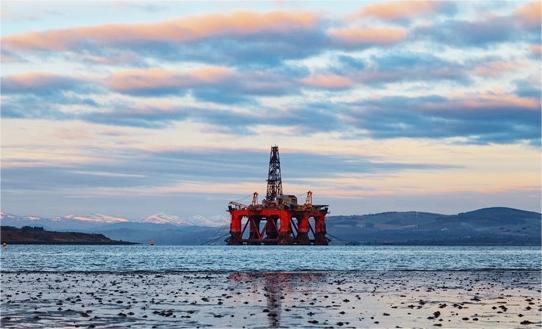Horizontal drilling in deepwater environments represents a significant technological feat that has revolutionized offshore oil and gas exploration and production. This advanced drilling technique involves drilling wells horizontally through subsurface formations beneath the seabed, enabling access to remote and challenging reservoirs located beneath vast bodies of water. However, the technical considerations and operational complexities associated with horizontal drilling in deepwater environments present unique challenges for offshore drilling operators. This article explores the specific technical considerations and operational complexities of performing horizontal drilling in deepwater environments.
Technical Considerations
- Well Design and Planning:
- Horizontal well trajectories must be meticulously planned to intersect target reservoirs at optimal depths and angles.
- Considerations include reservoir depth, thickness, porosity, permeability, and geological complexities.
- Advanced wellbore modeling and simulation tools are utilized to optimize well trajectories and minimize drilling risks.
- Drilling Equipment and Technology:
- Specialized drilling rigs equipped with advanced drilling technologies are required to drill horizontally in deepwater environments.
- High-performance drill bits, downhole motors, and rotary steerable systems are employed to navigate through challenging formations and maintain wellbore stability.
- Managed pressure drilling (MPD) and real-time downhole monitoring systems enhance drilling control and mitigate formation fluid influxes.
- Formation Evaluation and Reservoir Characterization:
- Accurate reservoir characterization is essential for optimizing horizontal drilling operations and maximizing reservoir recovery.
- Logging-while-drilling (LWD) and measurement-while-drilling (MWD) tools provide real-time data on formation properties, fluid composition, and wellbore stability.
- Advanced logging techniques, such as electromagnetic propagation and nuclear magnetic resonance, offer insights into reservoir rock properties and fluid saturation.
Operational Complexities
- Water Depth and Environmental Conditions
- Deepwater drilling operations are conducted in water depths exceeding 500 meters (1,640 feet), presenting logistical and operational challenges.
- Harsh environmental conditions, including strong currents, high waves, and corrosive seawater, necessitate robust offshore infrastructure and safety protocols.
- Subsea wellheads, blowout preventers (BOPs), and riser systems must withstand high hydrostatic pressures and temperature differentials encountered at depth.
- Logistics and Supply Chain Management
- Remote deepwater locations pose logistical challenges for transporting personnel, equipment, and supplies to offshore drilling sites.
- Supply chain disruptions, weather delays, and equipment failures can impact drilling schedules and operational efficiency.
- Comprehensive contingency planning and supply chain resilience strategies are essential to mitigate operational risks and maintain project timelines.
- Safety and Environmental Considerations
- Safety is paramount in deepwater drilling operations, where the consequences of accidents or well control incidents can be catastrophic.
- Comprehensive risk assessments, emergency response plans, and well control procedures are implemented to ensure operational safety and environmental protection.
- Regulatory compliance with offshore drilling regulations and environmental standards is rigorously enforced to minimize the risk of spills, leaks, and pollution.
Conclusion
Horizontal drilling in deepwater environments represents a remarkable technological achievement that has expanded the frontiers of offshore oil and gas exploration and production. However, the technical considerations and operational complexities of drilling horizontally in deepwater environments require careful planning, advanced technology, and stringent safety measures. By leveraging innovative drilling techniques, state-of-the-art equipment, and robust operational practices, offshore drilling operators can overcome these challenges and unlock the vast hydrocarbon resources lying beneath the ocean floor, ensuring sustainable energy production for the future.

